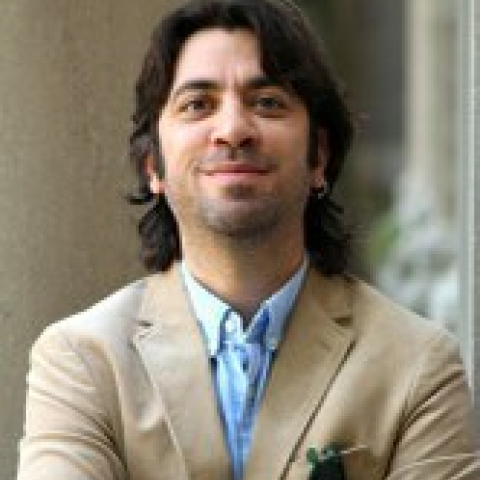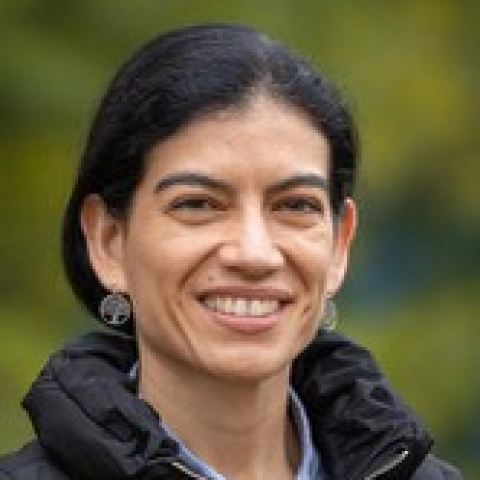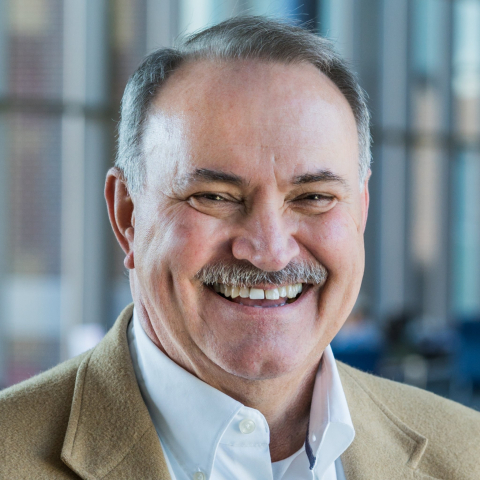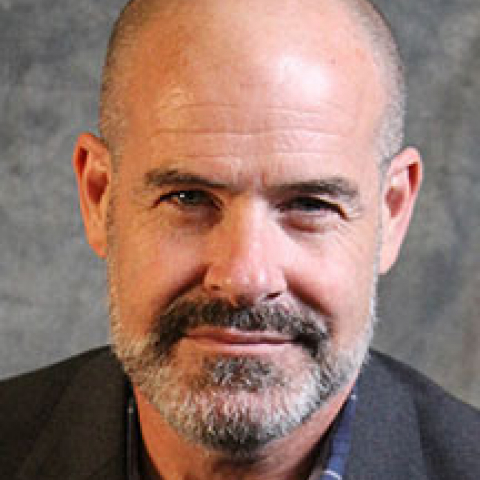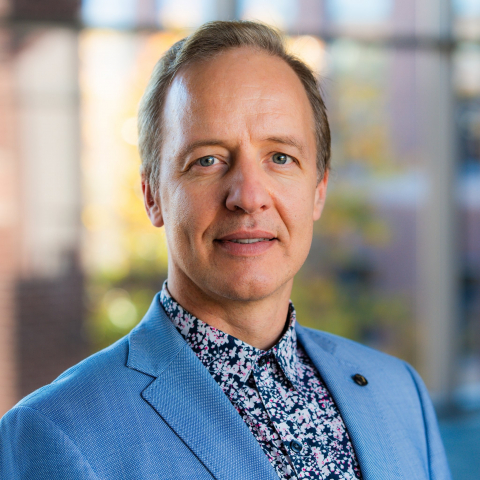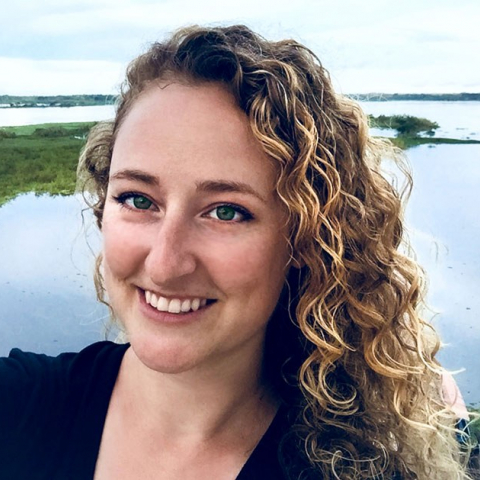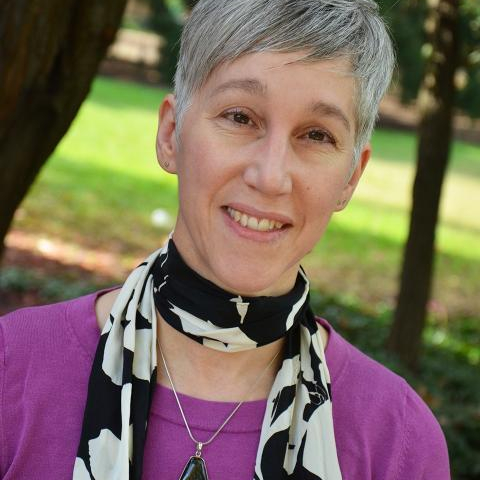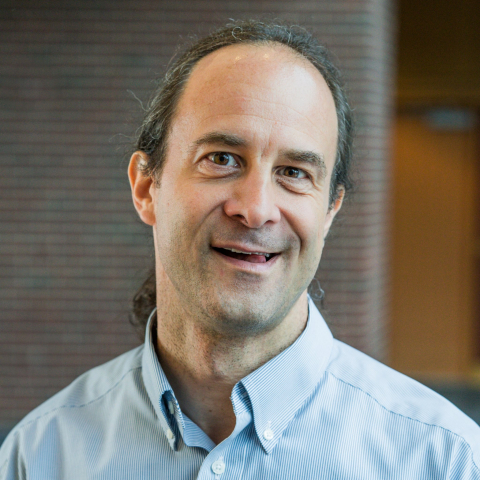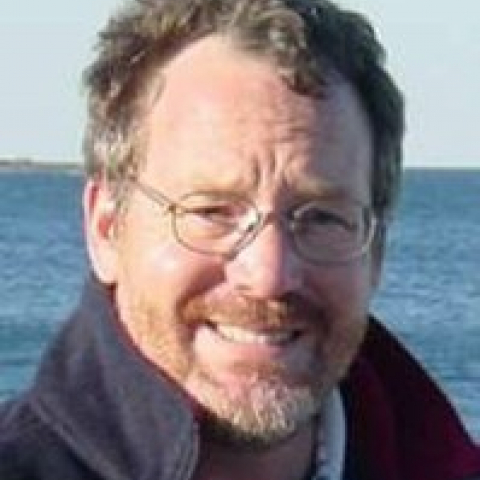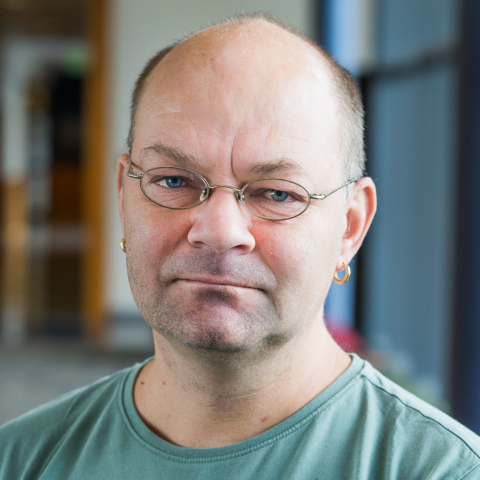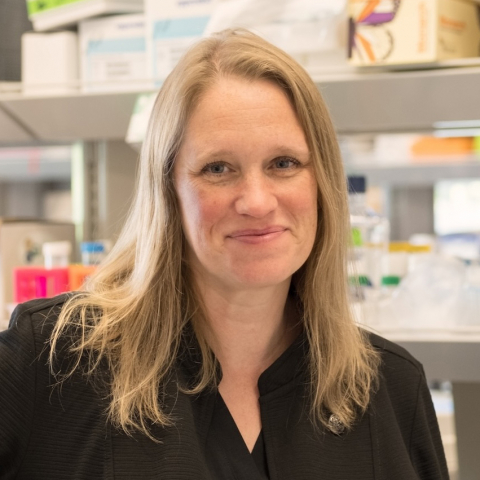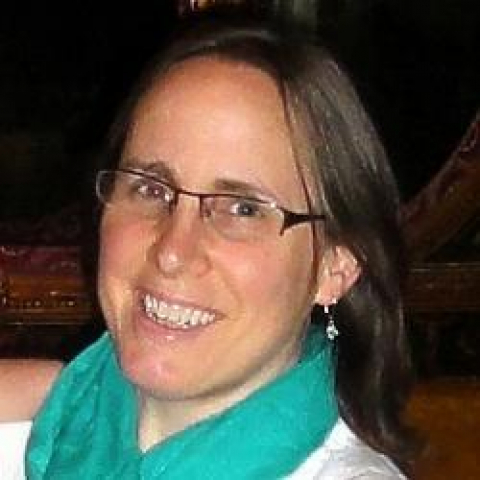Faculty
James Adair
Professor of Material Science and Engineering
Nanoscale materials and phenomena for biological, optical and structural applications, property manipulation via novel chemical pathways for designer particles and materials, colloid and interfacial chemistry, powder characterization, powder processing, and commercialization and regulatory pathways for nanomedical human healthcare formulations
Istvan Albert
Research Professor of Bioinformatics
Bioinformatics, large scale biological data analysis, microarrays and sequence analysis. Scientific programming, algorithm development. Database-driven web development.
Leann Andrews
Assistant Professor of Landscape Architecture
One Health and the built environment, landscape systems, urban ecological design, design activism, community design, transdisciplinary action research and training programs
Paul Bartell
Associate Professor of Avian Biology
The regulation of biological clocks in birds at the systems level.
Guilherme Becker
Associate Professor of Biology
Host-microbial interactions, landscape genetics and the ecology of global change stressors. Building models and conducting field and laboratory experiments to understand the biotic and abiotic mechanisms driving wildlife disease dynamics in both tropical and temperate systems.
Jordan Bisanz
Assistant Professor of Biochemistry and Molecular Biology
The interface of microbiology and bioinformatics, with approaches including genomics and metabolomics to investigate the interplay of diet, drugs, and the gut microbiome.
Ottar Bjornstad
Huck Chair of Epidemiology; Distinguished Professor of Entomology and Biology; Adjunct Professor in Statistics
Population ecology and population dynamics with particular emphasis on mathematical and computational aspects
Seth Bordenstein
Director of the One Health Microbiome Center; Huck Chair in Microbiome Sciences; Professor of Biology and Entomology
The evolutionary and genetic principles that shape symbiotic interactions between animals, microbes, and viruses and the major applications of these interactions to human health.
Elizabeth Boyer
Professor of Environmental Science
Hydrology, Biogeochemistry, Environmental Systems, Water Quality.
Mary Ann Bruns
Professor of Soil Microbiology and Biogeochemistry; Faculty-in-Charge of Microbiome Sciences Dual-Title Degree Program
Compositions and functions of microbiomes in agriculture, ecological restoration, and engineered systems for ecosystem service provision and climate change adaptation
Carolee Bull
Professor of Plant Pathology; Bacterial Systematics Head; Director of Microbiome Sciences Dual-Title Degree Program
Bacterial systematics, epidemiology, and population biology of bacterial plant pathogens and biological control agents to develop alternatives to synthetic chemicals for plant disease management
